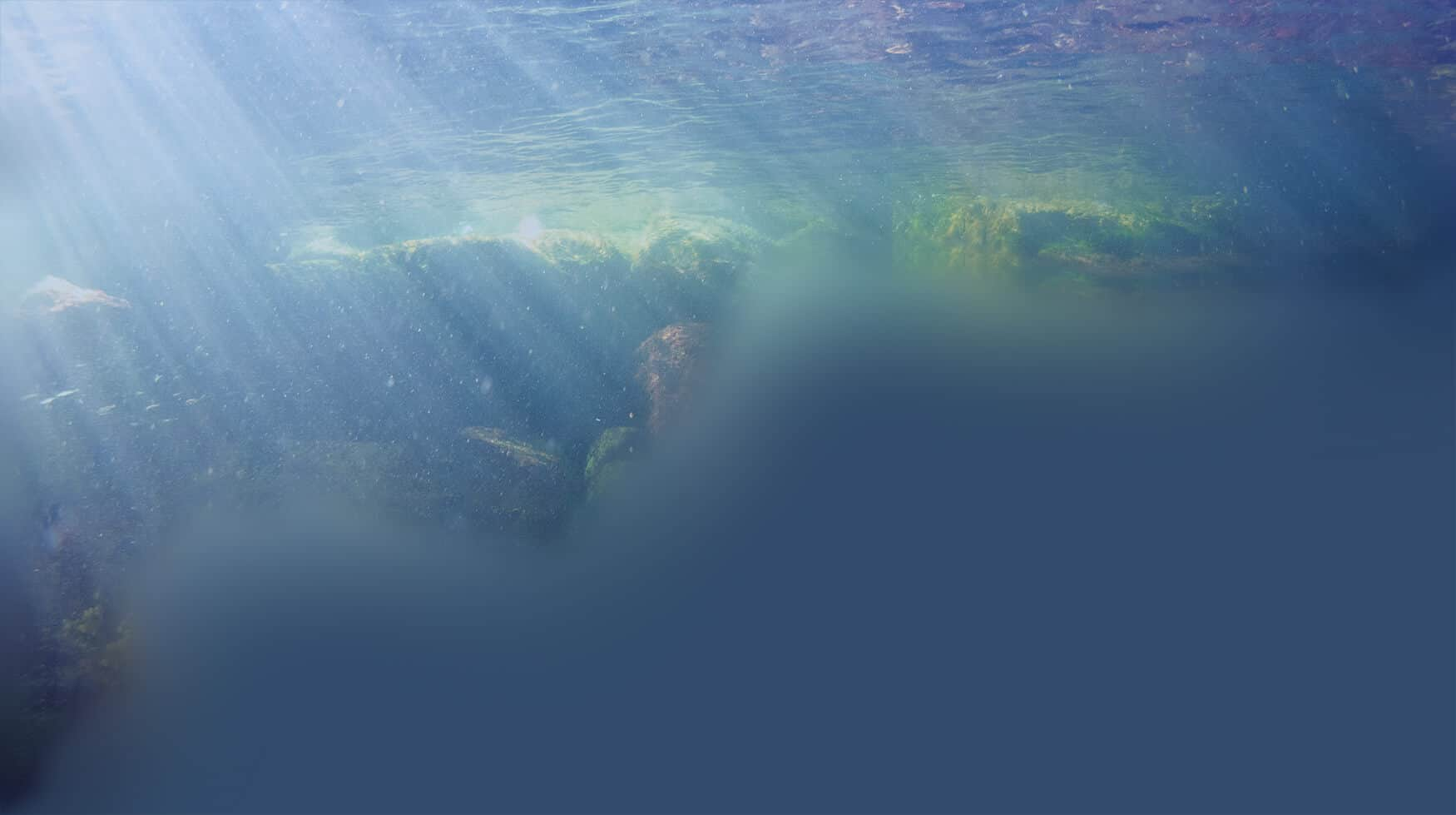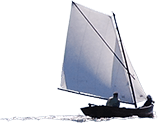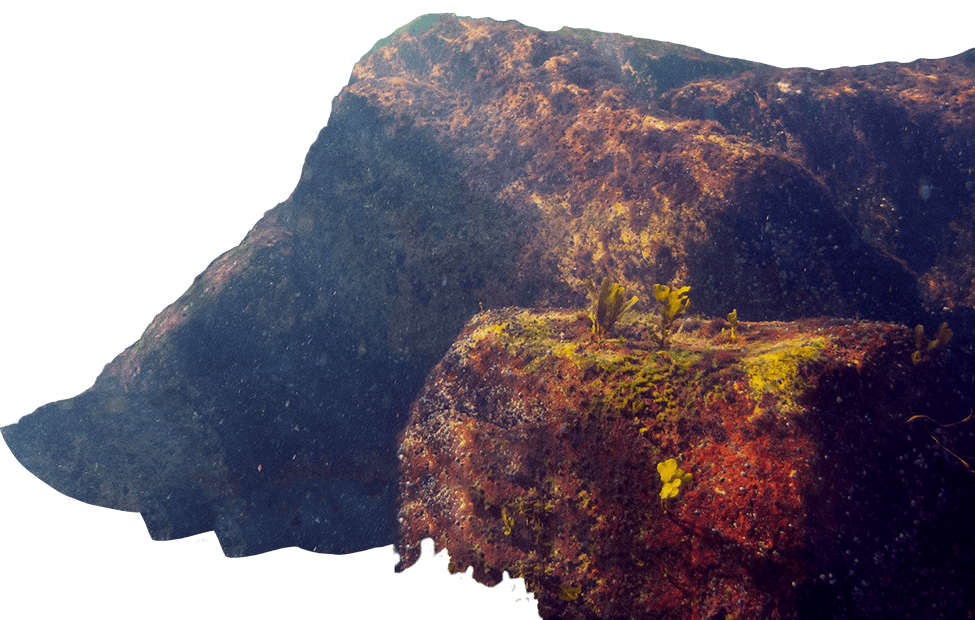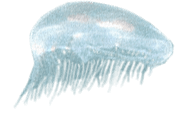Let's go on an expedition to the unique Baltic Sea!










The Baltic Sea now
How is the Baltic Sea doing right now? In this section you can follow, e.g. the sea temperature and the algae situation from different sea areas. At the same time, you can learn how to make citizen observations all by yourself.
Read more about the topic
Nature and how it changes
Although many people believe they know the Baltic Sea, there is much more beneath the surface than we could ever imagine. Here you will find basic information about the Baltic Sea, its inhabitants, and the things that threaten it.
Read more about the topic
State of the Baltic Sea
Human activities threaten the Baltic Sea environment. At the beginning of the 21st century, however, the state of the Baltic Sea has remained stable. The awareness of the environment and its well-being is growing, which promises good things for the Baltic Sea. Read how the state of the Baltic Sea can be further improved!
Read more about the topic
Humans and the Baltic Sea
The Baltic Sea must be protected so that we can continue to enjoy the benefits it offers us. In this section, we learn about which industries are dependent on the Baltic Sea region and how maritime use is managed through decision-making.
Read more about the topic
Research and methods
The Baltic Sea is a real treasure trove for marine scientists! Through research, we are constantly getting new information about the unique conditions of the sea, as well as the negative factors that burden it. Find out how divers explore the sea and what a researcher’s job is like on a marine research vessel!
Read more about the topic
Leisure
The Baltic Sea offers positive experiences and well-being for everyone. Take a tour of the coastal forts or dive beneath the waves to see what kind of wrecks can be found at the bottom of the Baltic Sea! When moving around in nature ecologically, you can enjoy the nature of the Baltic Sea to its fullest.
Read more about the topic
Pictures of the Baltic Sea
Dive into the Baltic Sea and experiences its shores with the help of wonderful photos! You can also download these images for your own use but please remember to review the terms and conditions for how they can be used.
Go to the Image BankData services
Are you interested in marine data? Check out the marine-related spatial data and research materials here and download them for your own use.
Go to the Data servicesLearn and study
Are you a teacher who needs extra material for environmental education? Or are you otherwise interested in learning more about the Baltic Sea? Welcome to the study area!
Go to the Learn and study -section